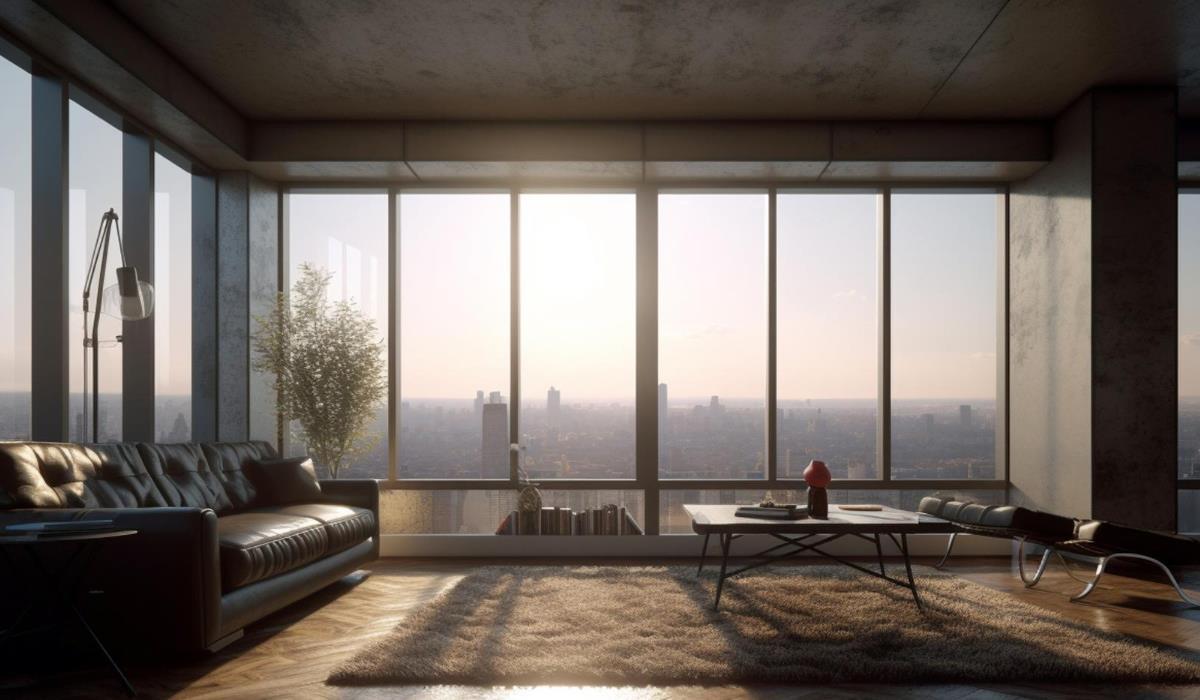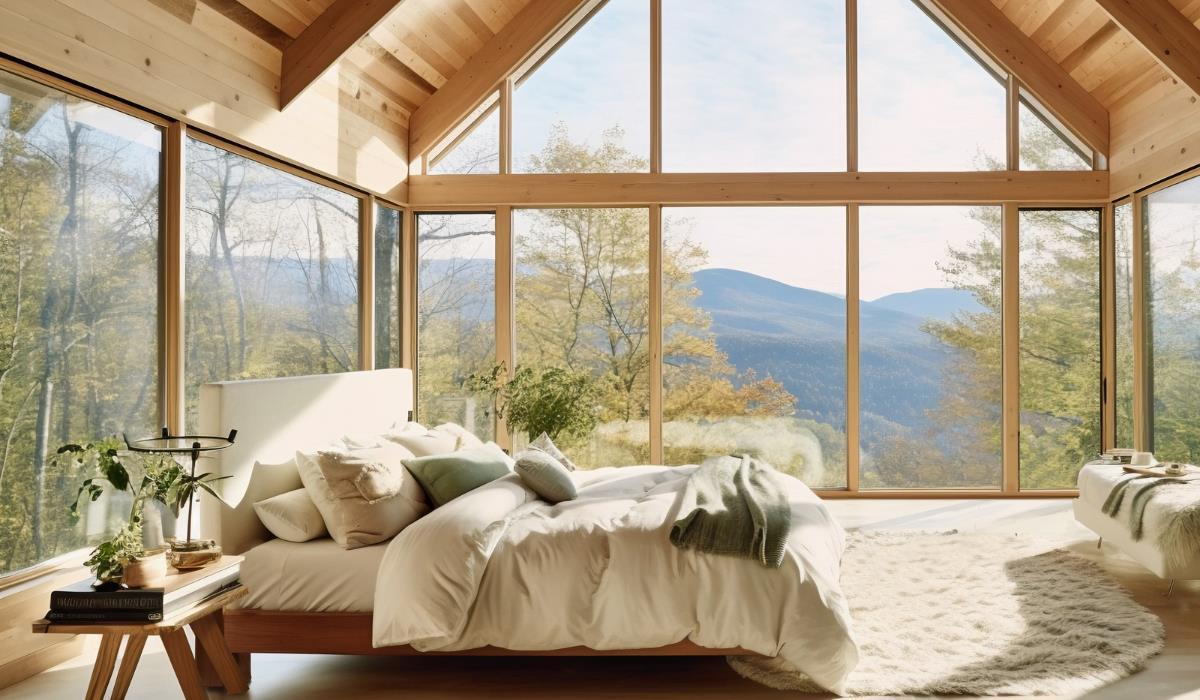Panoramic windows are currently one of the most fashionable elements of modern architecture, which are becoming more and more popular among owners of houses and apartments. They are not only aesthetic, but also fulfill a functional role, allowing maximum use of natural light and providing spectacular views of the surrounding landscape. In this article, we will discuss the features and different types of panoramic windows to help you make the right decision.
Panoramic windows – types:
Before purchasing panoramic windows, it is necessary to consider various window opening options and choose the one that best suits the needs of your house or apartment. It is worth paying attention to the type of opening mechanism and the type of glass, which affects thermal insulation.
- Tilt and Turn Windows: These windows can be opened in both tilt and turn modes, giving you greater flexibility in regulating air and light flow.
- Parallel sliding windows: The sashes of these windows can be moved parallel. They are ideal for tight spaces where traditional windows may be inconvenient.
- Accordion (book) structure: This structure allows the window to be moved completely, connecting, for example, the living room with the garden.
- Lift and slide structures: These are highly insulated and reliable, but can be expensive.
Panoramic Window Profiles

The materials from which panoramic window profiles are made are often metal-plastic and aluminum. Profiles can be “cold” or “warm” and the choice depends on many factors, such as climate, budget and aesthetic preferences.
- Cold Windows: Perfect for unheated spaces such as terraces, loggias and verandas. They use aluminum or metal-plastic profiles, which reduces costs, but they can be heavier and more massive.
- Warm Windows: They offer excellent thermal insulation and often consist of plastic or aluminum profiles with a thermal insulation layer. They are durable and save energy, which is important in colder climates.
Advantages and disadvantages of panoramic windows
The advantages of panoramic windows include:
- More natural light: Thanks to large windows, rooms become brighter, which not only improves the atmosphere, but also reduces lighting costs.
- Aesthetic design: Panoramic windows create the impression of larger space and add modernity.
- Potentially better thermal and acoustic insulation: When using appropriate glass and profiles, panoramic windows can be energy-efficient and quiet.
- Increase in property value: Installing panoramic windows can increase the value of the property, which may be beneficial when selling it.
The disadvantages of panoramic windows are:
- Increased energy consumption: Large glazing may lead to heat loss in winter and excessive heating of rooms in summer.
- Costs: Panoramic windows are usually more expensive than traditional ones, and their installation can significantly impact your budget.



